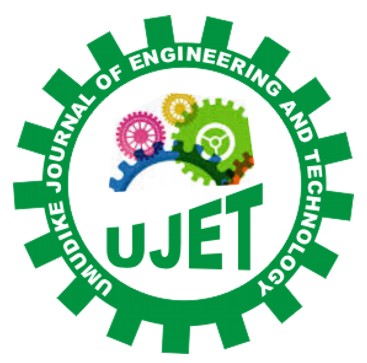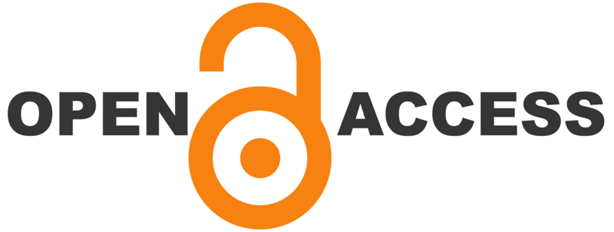|
Akwuruoha, C. N.
Department of Electrical/Electronic Engineering Michael Okpara University of Agriculture Umudike, Nigeria
Agwu, O. E.
Department of Electrical/Electronic Engineering Michael Okpara University of Agriculture Umudike, Nigeria
Enebe, C. C.
Department of Electrical/Electronic Engineering Michael Okpara University of Agriculture Umudike, Nigeria
ABSTRACT
This paper proposes a graphene non-Foster high
efficiency high power Class F GaN HEMT (Gallium Nitride High Electron Mobility
Transistor) amplifier. A balanced graphene non-Foster circuit consisting of
passive graphene devices such as resistors, inductors and capacitor has been
used to generate the negative capacitance required to cancel out the power
transistor gate-source-capacitance to enhance efficiency, output power and
transducer power gain. The Power Amplifier (PA) was designed based on Cree
CGHV40030FP GaN HEMT biased with drain supply voltage of 50 V at quiescent
drain-to-source (IDSq) of 44 mA. The PA operates from 740 to 920 MHz with
center frequency of 830 MHz. The non-Foster circuit effective negative
capacitance ranges from -65.8 to -172.6 pF. The effective negative capacitance
at 830 MHz center frequency stands at -71.1 pF. The PA has 70.4% drain
efficiency, 68% power added efficiency, 45.5 dBm output power and 13.5 dB
transducer power gain at 830 MHz and 32 dBm input power.
Keywords: class F, gate-source-capacitance, graphene, negative capacitance, power amplifier
https://doi.org/10.33922/j.ujet_v7i2_1
|
View: 229 | Download: 19
Published
Tuesday, February 15, 2022
Issue
Vol. 7 No. 2, Dec. 2021
Article Section
GENERAL
The contents of the articles are the sole opinion of the author(s) and not of UJET.
|


